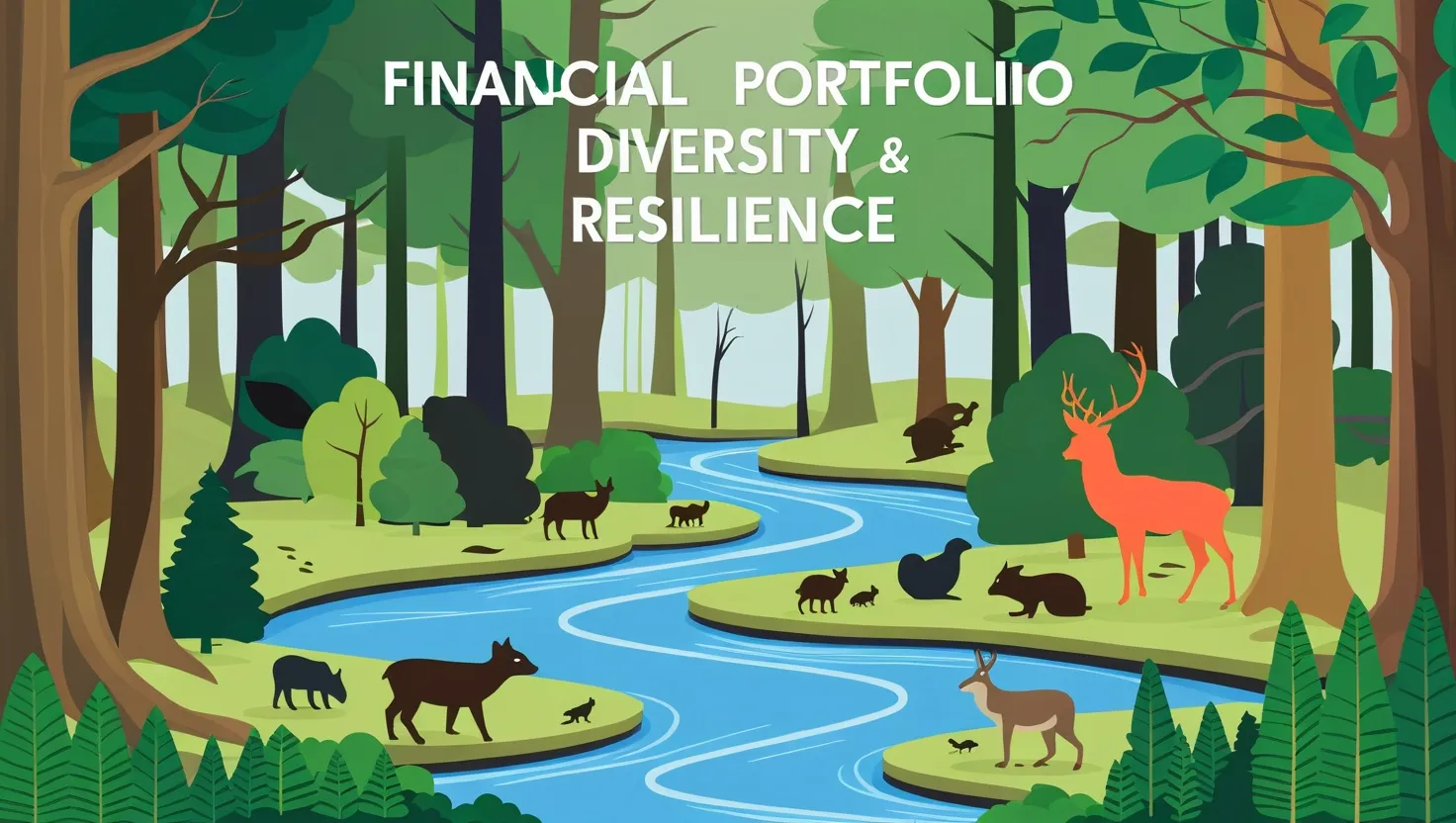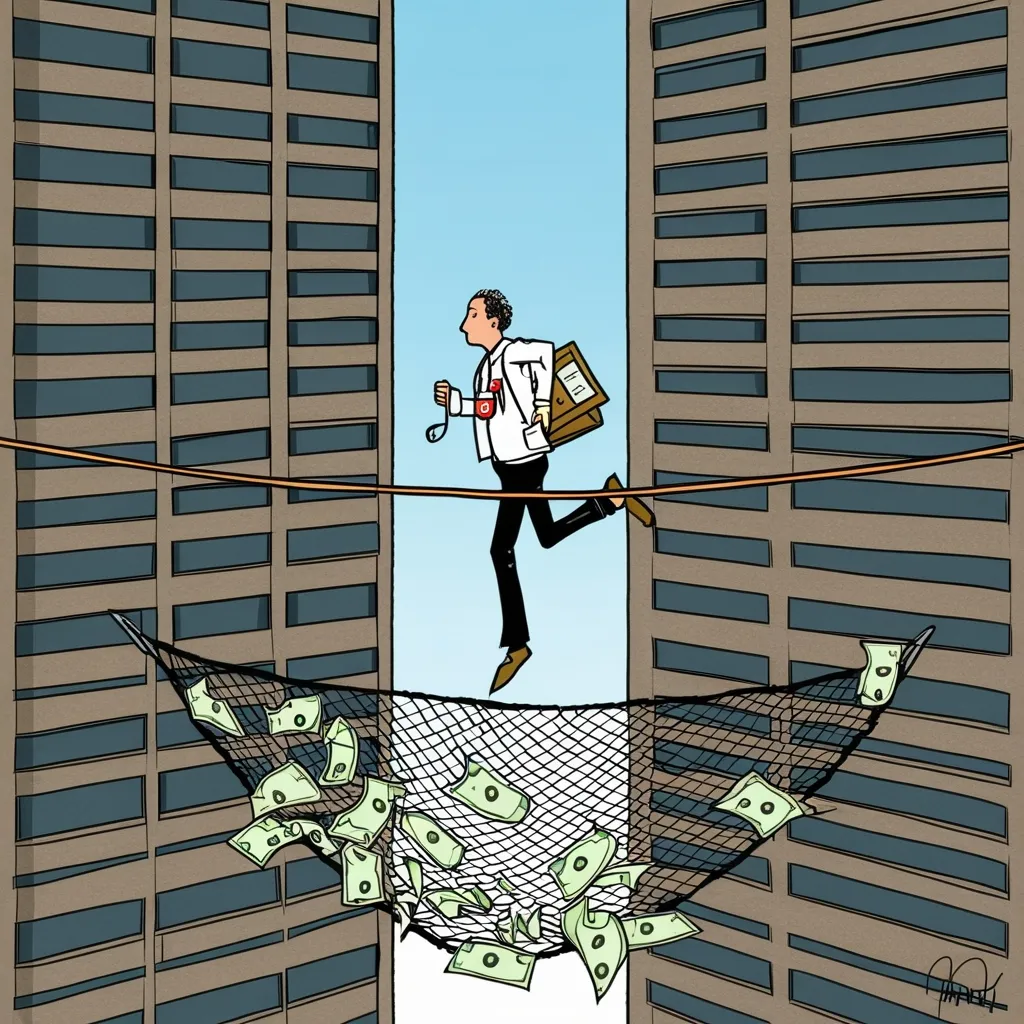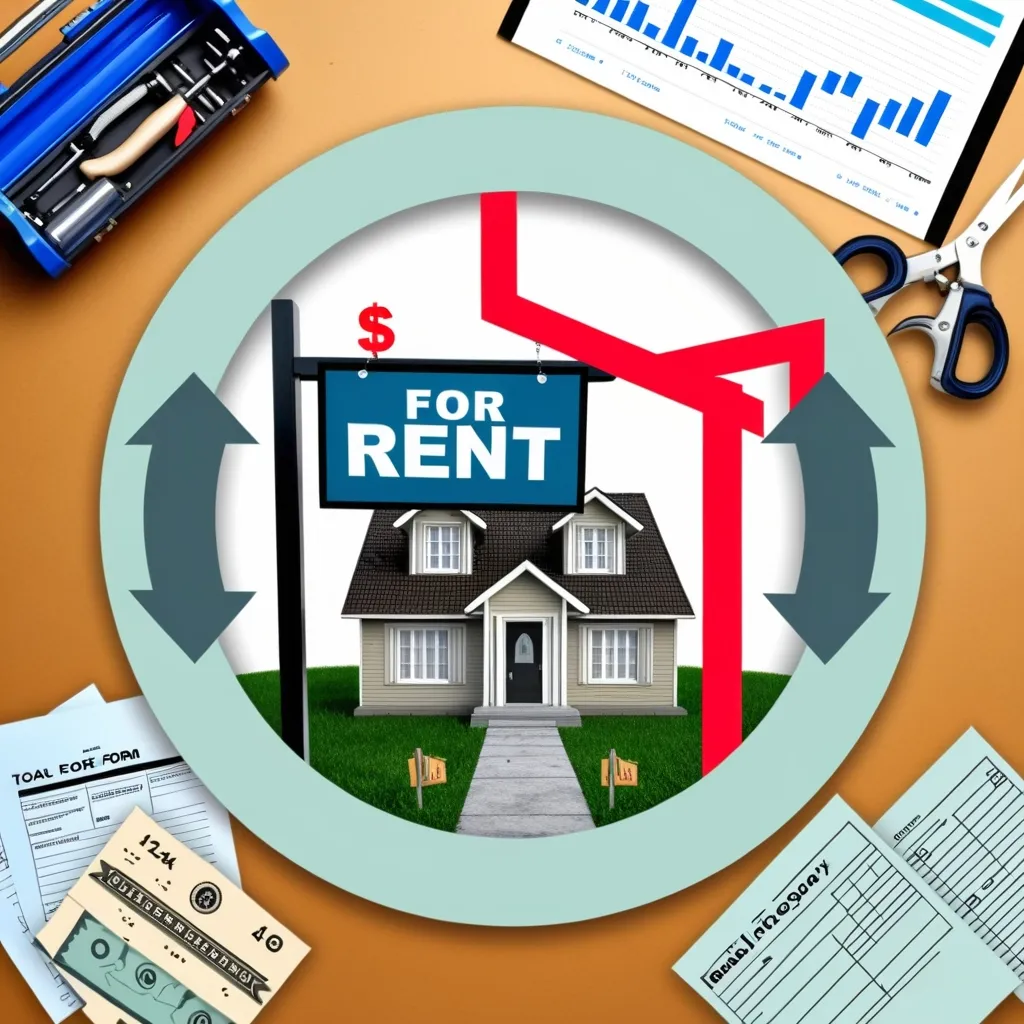Driving Away with Savings: The Cash Car Buying Adventure
Let’s talk about something exciting - buying a new car with cold, hard cash. It’s like being a secret agent on a mission, except instead of saving the world, you’re saving a ton of money. Buckle up, because we’re about to dive into the world of cash car purchases and how it can make your wallet (and your future self) very happy.
Picture this: You’ve been squirreling away money for years, and now you’re ready to make your dream car a reality. You walk into the dealership, feeling like a boss, knowing you’ve got the funds to drive away in style. But hold up - don’t flash that cash just yet! There’s a strategy to this game, and I’m here to spill all the tea.
First things first, let’s talk about why paying cash is so darn cool. Imagine never having to worry about monthly car payments again. No more interest rates hanging over your head like a dark cloud. When you pay cash, you’re saying goodbye to all that stress. It’s like giving debt the middle finger and driving off into the sunset.
But wait, there’s more! When you pay cash, you’re in the driver’s seat when it comes to negotiations. You’ve got power, my friend. But here’s the kicker - you don’t want to show your hand too early. It’s like playing poker; you’ve got to keep your cards close to your chest.
Here’s a pro tip: When you’re at the dealership, act like you’re going to finance the car. Why? Because dealerships make a ton of money from those financing deals. If they know you’re paying cash upfront, they might jack up the price to make up for the lost financing revenue. So, play it cool, negotiate like you’re going to finance, and then BAM! Drop the cash bomb at the end. It’s like pulling a rabbit out of a hat, except the rabbit is a wad of cash, and the hat is your savvy negotiation skills.
Now, let’s talk about being “upside down” on a car loan. No, it’s not a new yoga pose. It’s when you owe more on your car than it’s worth. It’s about as fun as it sounds (spoiler alert: not fun at all). But guess what? When you pay cash, you don’t have to worry about that nonsense. You own that baby outright from day one. It’s like skipping to the end of a video game and getting all the rewards without having to fight the boss.
And here’s something you might not have thought about - paying cash can actually boost your credit score. I know, it sounds crazy, right? But by not taking on a car loan, you’re not adding another debt to your credit report. It’s like telling potential lenders, “Hey, look at me! I’m responsible and debt-free!” It’s a power move, plain and simple.
But let’s keep it real for a second. Paying cash isn’t all rainbows and unicorns. There are some challenges you need to be aware of. For one, your budget is set in stone. You can only spend what you’ve got in the bank. So if you’ve saved up $20,000, that’s your limit. No wiggle room. It’s like going to an all-you-can-eat buffet with a small plate - you’ve got to make some tough choices.
And sometimes, dealerships have these sweet deals that are only available if you finance through them. Cash back offers, special discounts, that kind of thing. When you’re paying cash, you might miss out on these perks. It’s like going to a party where everyone’s doing the Macarena, but you don’t know the dance moves.
Plus, using all your savings to buy a car can leave you feeling a bit exposed. What if your water heater decides to call it quits right after you buy the car? Or your dog needs emergency surgery? Suddenly, that new car smell doesn’t seem so sweet when you’re scrambling to pay for unexpected expenses. So make sure you’ve got some backup funds before you empty your savings account on four wheels.
Now, let’s talk strategy. How do you actually go about buying a car with cash without looking like you just robbed a bank? First off, do your homework. Research the heck out of the car you want. Know its market value like the back of your hand. Use tools like Kelley Blue Book to find out what similar cars are selling for. It’s like studying for a test, except the reward is potentially thousands of dollars in savings.
When you’re at the dealership, remember the golden rule: negotiate as if you’re financing. Keep that cash card close to your chest. Don’t walk in there looking like Scrooge McDuck with dollar signs in your eyes. Play it cool, negotiate hard, and only reveal your cash payment method when you’ve agreed on a price.
Let me paint you a picture. You’ve got your eye on a shiny new Toyota Camry. The sticker price is $30,000, but you’ve done your research and know that similar models are going for around $28,000. You walk into the dealership, cool as a cucumber. After some back-and-forth (and maybe a little playful banter), you agree on a price of $28,500. Only then do you drop the cash bomb. The look on the dealer’s face? Priceless.
Now, let’s talk long-term savings, because this is where things get really exciting. Let’s say by paying cash, you save $3,500 in interest that you would have paid if you’d financed the car. That’s great, but it gets even better. What if you took that $3,500 and invested it instead? Over time, that money could grow into a serious chunk of change.
Here’s a fun little trick called the Rule of 72. It helps you estimate how long it takes for your money to double. If you invest that $3,500 at a 7% annual return, it would double in about 10 years. That means in a decade, you could have $7,000 just from the interest you saved. It’s like your money is working out at the gym, getting bigger and stronger while you sit on the couch binge-watching your favorite show.
But here’s the kicker - that’s just the beginning. If you keep reinvesting that money, it could keep growing. In 20 years, it could be $14,000. In 30 years, $28,000. Suddenly, the money you saved by paying cash for your car could turn into a nice little nest egg. It’s like planting a money tree in your backyard and watching it grow.
Now, I’m not saying paying cash for a car is the right choice for everyone. Maybe you’ve got a killer credit score and can snag a super low interest rate. Or maybe you need that cash for other important things in your life. That’s cool too. The key is to make the decision that’s right for you and your financial situation.
But if you’ve got the cash saved up and you’re itching to buy a new set of wheels, paying with cash can be a smart move. It’s like giving yourself a get-out-of-debt-free card. You’re setting yourself up for financial stability and freedom. No monthly payments hanging over your head, no interest racking up, just you and your fully-paid-for car cruising down the highway of life.
So, next time you’re in the market for a new car, consider the cash option. Do your research, negotiate like a pro, and enjoy the feeling of driving off the lot in a car that’s 100% yours. It’s not just about the immediate savings; it’s about setting yourself up for a future where you’re in control of your finances.
Remember, buying a car with cash isn’t just a transaction; it’s a statement. It’s you telling the world (and your bank account) that you’re in charge. You’re not just buying a car; you’re buying peace of mind, financial freedom, and a whole lot of satisfaction. So go ahead, save up that cash, walk into that dealership like you own the place (because soon, you’ll own one of their cars), and drive away with both a new set of wheels and a significantly fatter wallet. Now that’s what I call a sweet ride.






